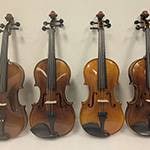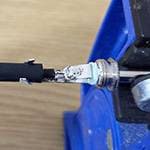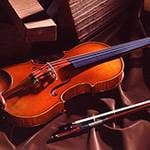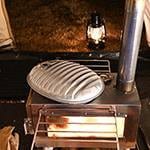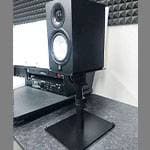Lately, it’s been hot. Too hot.
I even heard a news story about American crayfish–which used to run rampant in Japan–getting boiled alive in rice paddies from the extreme heat.
If those tough little guys are turning bright red from the water temperature alone, I can’t help but wonder how much damage is being done to native Japanese species...
While I was thinking about all this, we’re already halfway through August. And before we know it, autumn will be here.
As time goes by, I’ve become increasingly aware of just how quickly it passes.
And on that note, the guitar I’m showing this time is this 1980 Gibson Les Paul.
What were you doing in 1980?
As for me, I wasn’t even born yet. In fact, I think my parents were still in middle or elementary school.
It was a time when the music scene was rapidly evolving, and before long, Japan would dive headfirst into the economic bubble era... Honestly, it sounds like a pretty amazing period to have lived through.
This particular guitar that was built in that vibrant era, was recently brought to me by a friend for maintenance, so I thought I’d share a bit about it here.



Here is the Les Paul.
It features a plain maple 3-piece top with a maple neck. The red finish has faded but it still retains some of its original hue, giving it a naturally aged appearance that can’t be replicated by a new instrument. Weather checking is visible in spots—it’s subtle but they’re clearly visible upon inspection.
The photos shown so far are from after the maintenance work was completed. Let’s go back and examine the guitar’s condition at the time it was brought in.

Let’s start with the frets.
The guitar had been refretted at some point, and while there was still decent fret height remaining, noticeable dents had formed in multiple places and the strings also rusted.
To illustrate the wear, I lightly polished the frets and marked the dented areas.


Looking beyond the low positions, the fret tops showed visible flattening even where there weren’t dents. From the side, you could clearly see a trapezoidal shape forming. In this condition, proper intonation becomes difficult, leading to what’s commonly called "fret intonation issues". The attack also tends to feel slightly delayed.
That said, the guitar was still playable. But since it's in for repair, I decided to correct this issue properly.
Let’s take a look at the reference image I made to show the condition more clearly.

The left side of the diagram shows a fret that hasn’t been worn down yet, while the right side shows a fret that's been heavily played and worn flat.
The illustration is slightly exaggerated, but it reflects the basic principle that over time, frets lose their rounded crown and become flattened. The goal of fret leveling and crowning is to file and reshape the worn frets back into clean, properly rounded forms.
In my opinion, one of the reasons stainless steel frets are often described as having a "snappy" or "fast" response is because they resist wear and retain that ideal, minimal contact point (like the left side of the image) for a much longer time. Material certainly plays a role, but even nickel frets when freshly crowned with a clean apex, can produce the same sharp attack and clear note separation that’s often attributed to stainless steel.

Now, back to the main topic. I’ll skip the detailed step-by-step of the fret leveling process, as it can get lengthy.
One important note to take caution: when working on lacquer-finished instruments, avoid leaving standard masking tape on the surface for too long. The adhesive can react with the lacquer, causing it to soften or even peel off when removed.
In this case, a full leveling wasn’t necessary. The goal was simply to even out the inconsistencies. So, I took a shortcut and applied the tape in a way that avoided contact with the lacquered areas altogether.
The reason the frets are blacked out with a marker is to help visually identify where material is being removed. As the marker wears off during sanding, you can clearly see which parts are being leveled and which aren’t.


This photo shows the guitar after all the maintenance work was completed.
The uneven bumps and dents have disappeared, and the fret crowns have been shaped into smooth, rounded tops.
Although there were no major issues like fret buzz or dead spots before, having clean, well-shaped frets makes playing much easier.
A fret leveling (dressing) is generally less expensive than a full refret, so if you’re concerned about your frets, I recommend consulting a repair shop once.
Now, here’s a little bonus section.
Honestly, since the instrument itself was in good shape, after a light fret dressing, restringing, adjusting the action and neck relief, there was basically nothing left to fix.
So, I took a look at the tuning peg. They match the guitar’s vintage vibe, but they felt rusty to the touch.



This is just my personal theory without solid evidence, but I think that tuning the guitar with rusty pegs and then playing it with sweaty hands might accelerate string rust due to transferring rust.
Besides, it’s always better to keep things clean!
So, I spent about 30 minutes scrubbing them thoroughly.



Now they’re shiny and clean.
Although I couldn’t completely remove some of the small rust spots, the rust no longer transfers to the hands, which feels very satisfying.
This time, I shared the maintenance process of this Les Paul guitar.
The owner has apparently been playing it continuously since purchasing it long ago— it’s truly a lifetime instrument. This experience also reminded me to cherish the guitars I currently own.
When I plugged it into the amp, I found the string grounding wasn’t connected properly, so next time I’ll show you the wiring work while I restore the original pickup on the bridge.
Lastly, here’s a “heart-melting image” for all of you — the sight of the original finish revealed after removing parts from this old instrument.
See you in the next blog post!









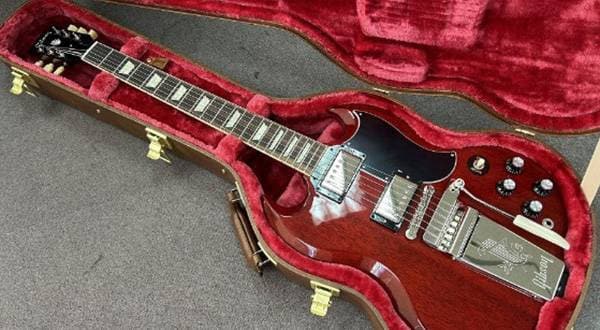
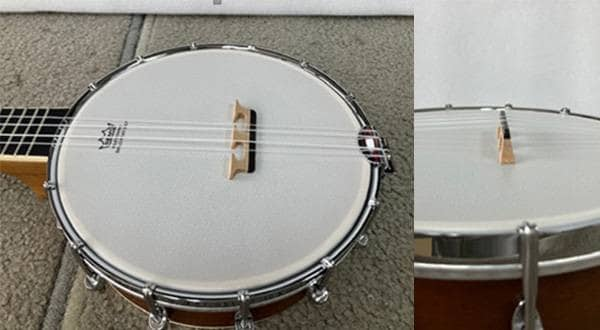

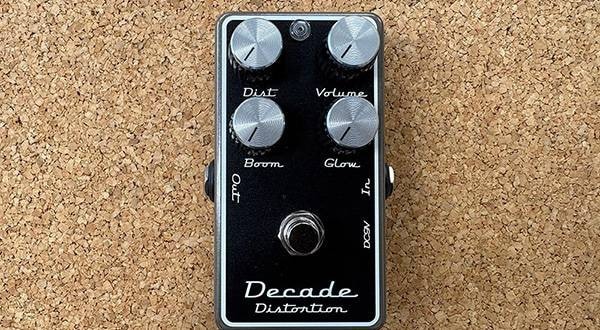
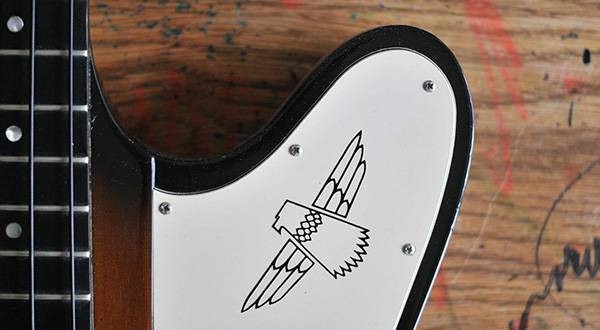

![[Guitar Strategy Guide] Strat and Les Paul](/contents/uploads/thumbs/5/2022/3/20220315_5_17068_1.jpg)
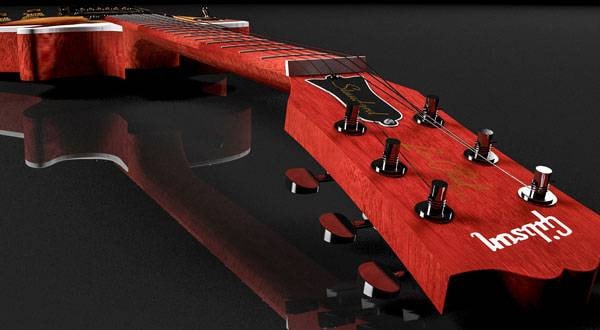
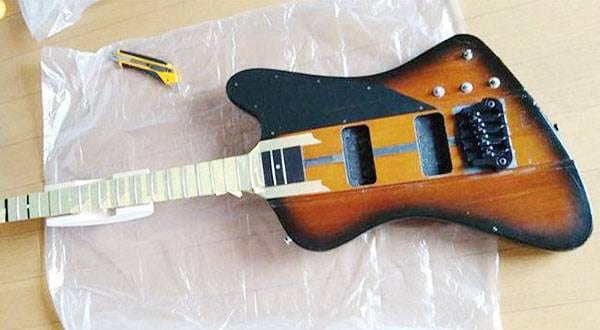
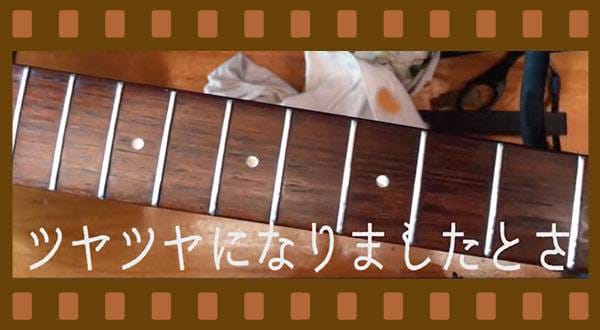
 はじめてのギター
はじめてのギター
 ギターパーツの沼
ギターパーツの沼
 DIY ギターメンテナンス
DIY ギターメンテナンス
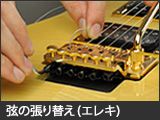 弦の張り替え(エレキギター)
弦の張り替え(エレキギター)
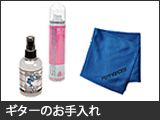 ギターのお手入れ
ギターのお手入れ
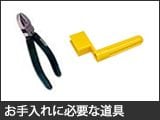 お手入れに必要な道具
お手入れに必要な道具
